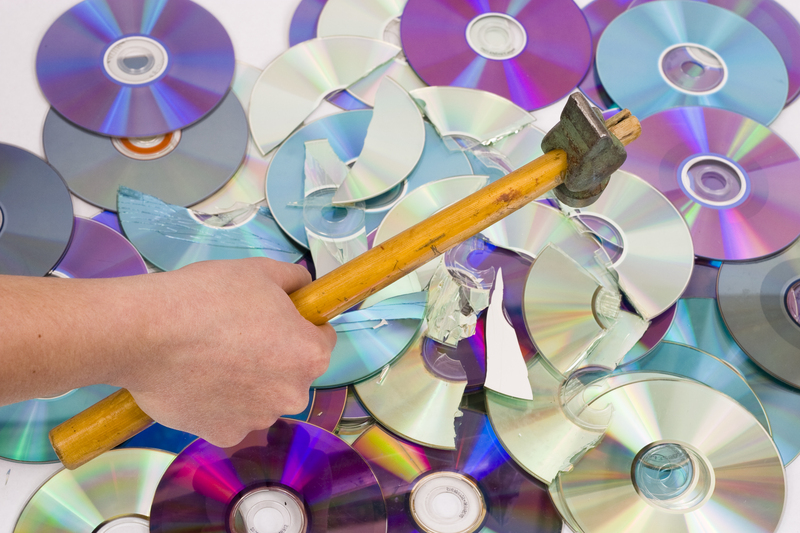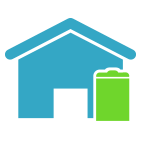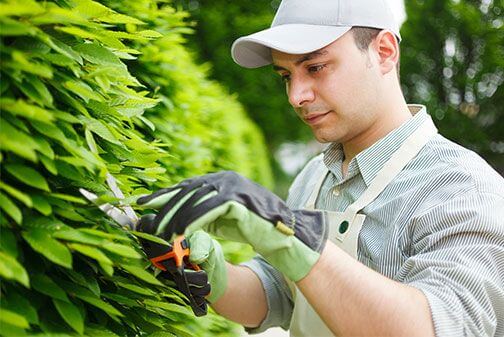Soft Plastic Waste Management Methods
Posted on 13/10/2025
Soft Plastic Waste Management Methods
Soft plastic waste is a growing environmental concern due to its non-biodegradable nature. Effective waste management methods are essential to mitigate the adverse effects of this waste type. This article discusses various methods to manage soft plastic waste efficiently.
Recycling
Recycling is one of the most effective ways to manage soft plastic waste. The process involves collecting, sorting, and processing plastics into new products.
1. **Collection**: Soft plastics like bags, wrappers, and packaging materials are collected from households and commercial establishments.
2. **Sorting**: The collected materials are sorted based on type and recyclability.
3. **Processing**: The sorted plastics are cleaned, melted, and remolded into new products such as plastic lumber, bins, and containers.

Landfilling
Landfilling involves burying waste in designated areas. While it is a common practice, it has several drawbacks.
- **Pros**: Landfill sites can handle large volumes of waste and are equipped to manage toxic byproducts.
- **Cons**: Landfilling contributes to soil and groundwater pollution and takes up valuable land space.
Incineration
Incineration involves burning soft plastic waste at high temperatures. This method reduces waste volume significantly.
- **Pros**: It can generate energy and reduces the volume of waste.
- **Cons**: Incineration releases harmful gases and contributes to air pollution.
Mechanical Recycling
Mechanical recycling involves shredding and melting soft plastic waste into raw materials for new products.
- **Pros**: It is cost-effective and reduces the need for virgin plastics.
- **Cons**: The quality of recycled plastics can degrade over time.
Chemical Recycling
Chemical recycling breaks down plastics into their basic chemical components, which are then reused to create new plastics.
- **Pros**: It offers a high-quality output and can recycle contaminated plastics.
- **Cons**: It is energy-intensive and expensive.
Biodegradable Plastics
Using biodegradable plastics is a proactive approach to soft plastic waste management. These plastics decompose naturally under certain conditions.
- **Pros**: They reduce the long-term environmental impact.
- **Cons**: They require specific conditions to decompose and may not break down in conventional landfills.
Pros and Cons
**Pros**:
- Reduces environmental footprint
- Promotes sustainability
- Can generate energy and new products
**Cons**:
- High cost of some methods
- Pollution from certain processes
- Limited infrastructure in some areas
Tips
1. **Reduce**: Minimize the use of single-use plastics.
2. **Reuse**: Opt for reusable bags and containers.
3. **Educate**: Raise awareness about the importance of proper waste management.
4. **Participate**: Engage in local recycling programs.

Takeaways
- Recycling and innovative methods like chemical recycling are essential.
- Public awareness and participation play a crucial role.
- Biodegradable alternatives offer long-term benefits.
Conclusion
Effective soft plastic waste management is crucial for environmental sustainability. By utilizing methods like recycling, incineration, and adopting biodegradable alternatives, we can significantly reduce the impact of plastic waste on our planet. Public participation and awareness are key to successful waste management efforts. Together, we can create a cleaner and greener future.










